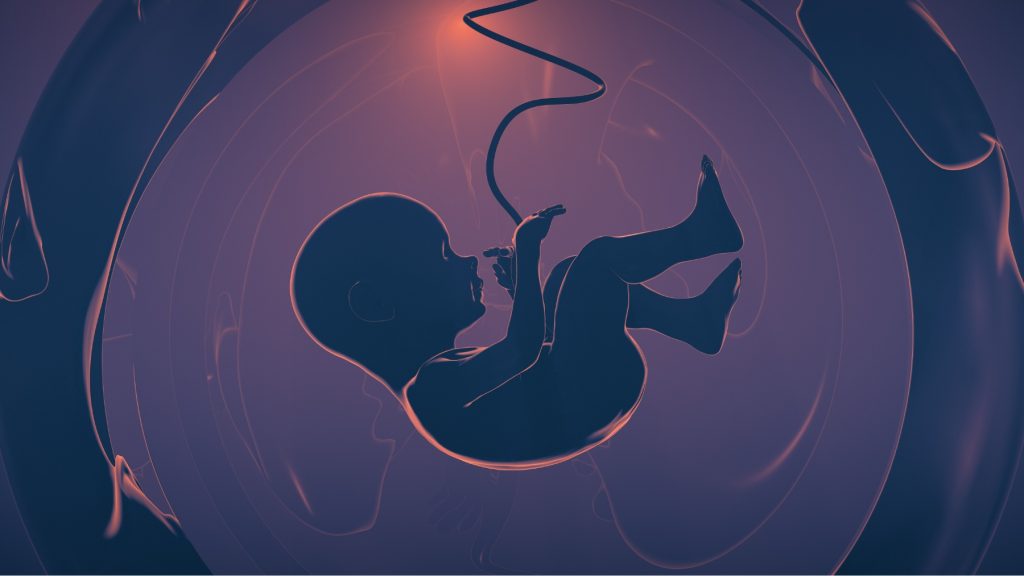
At a time when assorted billionaires are tirelessly reaching to the stars in pursue of taking humanity’s colonization to another level, space tourism on Mars and Venus, a human-occupied space station in lunar orbit is in the making.
NASA, joined by the Canadian, Japanese, and European space agencies are advancing the Gateway program, a project representing humanity’s steps into the cosmos. But a project this big presents a pressing issue, the question of human reproduction beyond Earth’s bounds. Challenges of conceiving and nurturing life space hide in the shadows, amid issues of radiation and gravity.
One company, though, believes it can be savior with all the answers. Netherlands-based SpaceBorn United has crafted a miniaturized IVF and embryo incubator, primed for development in a mission designed to assess a vial possibility of human reproduction in space.
Recently, SpaceBorn United conducted a drop test from 20 kilometers above Earth to gauge the impact of radiation on organic materials. Dr. Egbert Edelbroek, CEO of SpaceBorn United, shared insights into their mission.
“Our primary objective is to pioneer conception and early embryo development in space,” Dr. Edelbroek explained. “Should we aspire to establish human settlements on Mars or similar celestial bodies, self-sufficiency demands solutions to the reproduction challenge.”
The uncertainty surrounding Mars’ gravitational environment, significantly weaker than Earth’s, prompts the exploration of partial gravity effects. Yet, the research extends beyond space, as findings here promise to refine IVF treatments on our home planet. Dr. Edelbroek revealed their partnership discussions with the European Space Agency (ESA), whose facilities simulate microgravity and partial gravity, offering valuable insights.
As for the immediate future, the quest leads toward the development of artificial wombs—an advancement that could potentially address the reproduction puzzle in space and enhance premature baby care on Earth.
But the path forward demands collaboration with human gametes in due course. For now, their focus will stayon conception and early embryo development—which is crucial first step toward childbirth in space.
The technical solution relies on microfluidic technology that reimagines embryo incubators into CD-ROM-sized discs with microchannels. These discs house male and female reproductive materials and facilitate programmable conception processes. On that note, Dr. Edelbroek maintains it is ethically and medically unviable. Yet, with the emerging space tourism sector, he cautions against the allure of “bragging rights” associated with naturally conceiving the first space-born child.
As SpaceBorn United’s launch is slated for 2025, the idea, or more accurately, the possibility of human colonization on Mars or Venus by 2050 comes into question. Here, Dr. Edelbroek points to various motivations for venturing beyond Earth, such as environmental concerns and the ever-present threat of asteroids, AI, and nuclear risks. He then takes a different tone and acknowledges the complexity of timelines and budgets in these ambitious endeavors, but optimism remains the dominant sentiment for the Dr., buoyed by the accelerating pace of private sector involvement.
While most space companies have concentrated on engineering and hardware, reproductive science has remained ethically complex matter and we see this evidently with Dr. Edelbroek stating solving the reproductive challenge is essential if we are to establish enduring colonies on other planets.